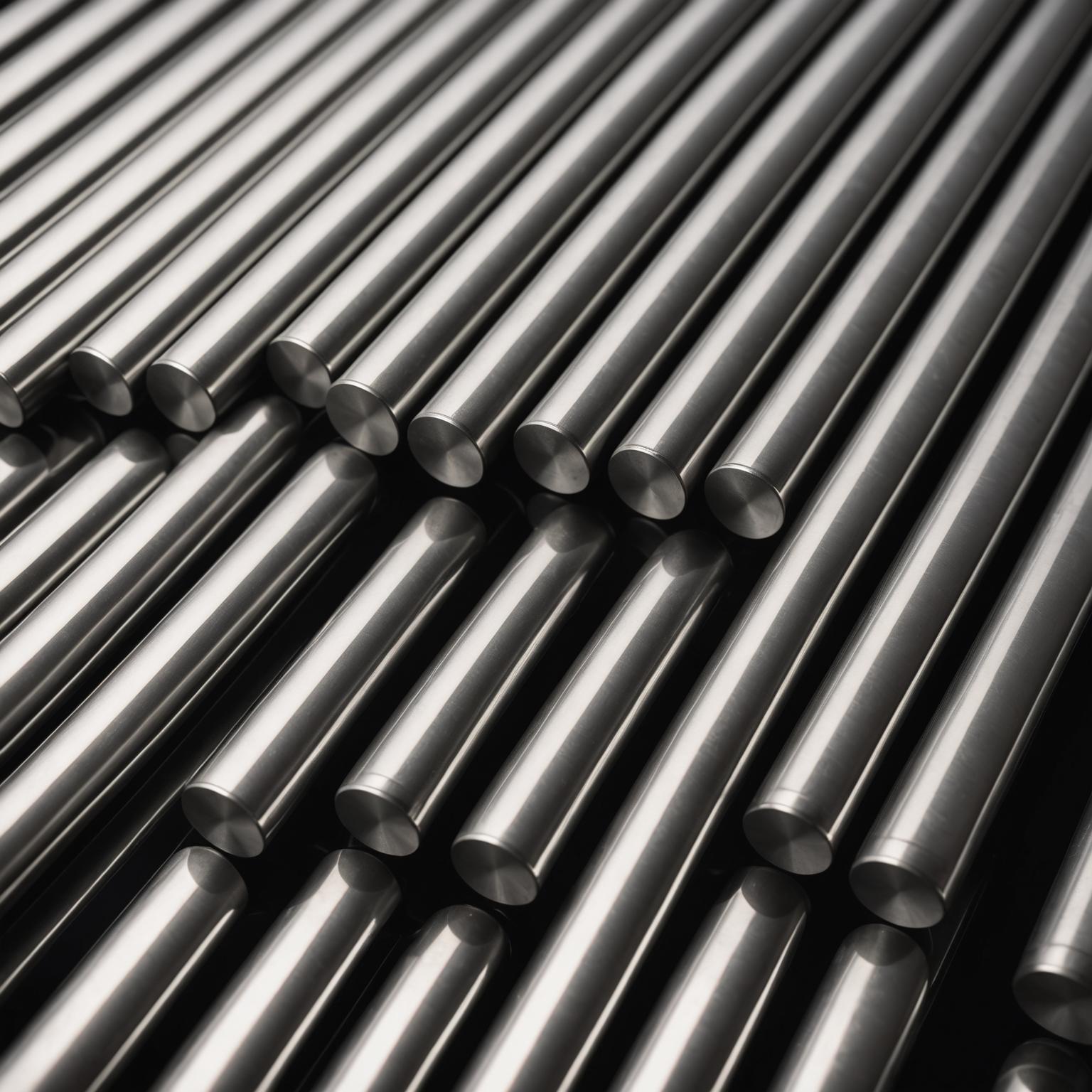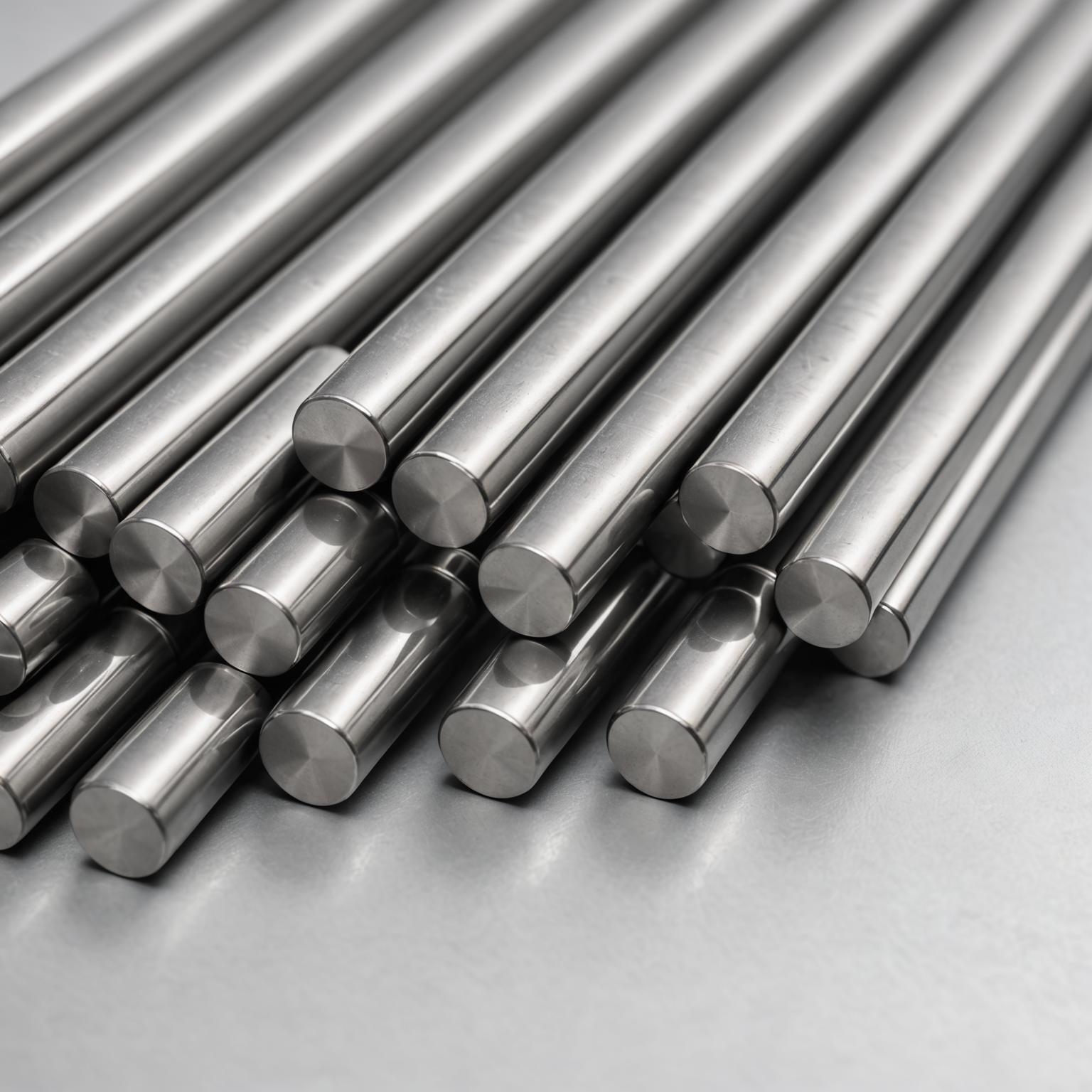When we consider our health, our minds often jump to diet and exercise. We meticulously plan our meals, choose fresh ingredients, and stay active. But have you ever considered the tools you use to eat your food? The forks, spoons, and knives we use every day come into direct contact with our meals, and their material composition can have a surprising impact on our well-being. This brings up an important question that many health-conscious individuals and medical professionals are asking: Why do doctors recommend using 316 stainless steel cutlery?
Understanding the Composition of 316 Stainless Steel
Before we can appreciate its benefits, it's helpful to understand what sets 316 stainless steel apart from other materials. Stainless steel itself is an alloy, primarily made of iron and chromium, which gives it its characteristic resistance to rust and corrosion. You may have seen cutlery labeled as 18/8 or 18/0. These numbers refer to the percentages of chromium and nickel in the alloy. For example, 18/8 stainless steel contains 18% chromium and 8% nickel. This is a common and decent quality grade for kitchenware. However, 316 stainless steel takes this quality to a higher level. Often marketed as 18/10 for its slightly higher nickel content, the defining feature of 316 stainless steel is the addition of an element called molybdenum. This small addition, typically around 2-3%, dramatically enhances its resistance to corrosion, especially from chlorides (like salt) and various acids found in our foods.
The Health-First Choice: Superior Corrosion Resistance
The primary reason for the medical community's preference for 316 stainless steel lies in its incredible stability. The superior corrosion resistance provided by molybdenum means the metal is far less likely to react with the foods you eat. With lower-quality metals, there is a risk of leaching, where trace amounts of metallic elements like nickel and chromium can migrate from the cutlery into your meal. This is particularly a concern with hot, acidic, or salty foods, which can accelerate this process. Constant, low-level exposure to these leached metals can be a concern for everyone, but it is especially problematic for individuals with sensitivities or nickel allergies. Because 316 stainless steel cutlery is exceptionally non-reactive and non-porous, it ensures that your food's taste remains pure and, more importantly, that no unwanted elements are being ingested. This stability makes it one of the safest and most reliable food-contact materials available.
Why Medical Professionals Trust 316 Stainless Steel
The endorsement from the medical field isn't just a casual recommendation; it's based on the material's proven track record in the most demanding environments. Grade 316 stainless steel is widely known as “surgical grade steel.” It is the material of choice for producing surgical instruments, biomedical implants like bone pins and screws, and equipment used in pharmaceutical manufacturing. The logic is compelling: if a material is safe enough to be placed inside the human body for extended periods without causing a reaction, it is certainly safe for the fleeting contact it has with the food we eat. Its non-porous surface is also incredibly hygienic. Unlike materials that can scratch easily, 316 steel's hard surface resists microscopic scratches and pits where bacteria can hide and multiply, making it easier to clean and sanitize effectively.
How to Identify and Choose Quality Cutlery
When you are ready to invest in your health by upgrading your cutlery, you should know what to look for. High-quality sets like the Span International Stainless Steel Cutlery Set are crafted to exemplify these superior standards. Look for markings on the pieces, often stamped as “18/10” or “316,” which indicates the grade of steel. A well-made set will also have a noticeable heft and balance in your hand, signaling its solid construction. The finish should be flawless, with a smooth, mirror-like polish that isn't just for aesthetics but also contributes to its non-porous, hygienic surface. The Span International set, for instance, is designed with both elegance and ergonomics in mind, ensuring each knife, fork, and spoon is not only beautiful but also comfortable to use. Choosing a set made from this high-grade material ensures you are getting a product that is durable, safe, and designed for a lifetime of use.
Maintaining the Pristine Condition of Your Cutlery
One of the best attributes of quality 316 stainless steel is its durability and ease of care. While it is incredibly resilient and often dishwasher safe, a few simple practices can keep it looking brand new for decades. It's always best to rinse the cutlery soon after use to prevent acids from sitting on the surface. When washing, avoid using abrasive steel wool or harsh scouring powders that could damage the polished finish. Although highly rust-resistant, allowing cutlery to air-dry can sometimes leave water spots due to minerals in the water. For a perfect shine, as the makers of the Span International set suggest, a gentle wipe with a microfiber cloth after washing is all that's needed to maintain its pristine, elegant condition.
A Lasting Investment in Your Health and Home
Ultimately, the switch to 316 stainless steel cutlery is more than just a kitchen upgrade; it's a proactive step towards a healthier lifestyle. By choosing a material trusted by surgeons and medical experts, you are eliminating a potential source of unwanted chemical exposure and ensuring a more hygienic dining experience for you and your family. The exceptional durability, corrosion resistance, and timeless elegance of a well-crafted set mean it is a one-time purchase that offers a lifetime of benefits. It is a simple, tangible way to invest in your long-term health, bringing peace of mind with every single bite.







